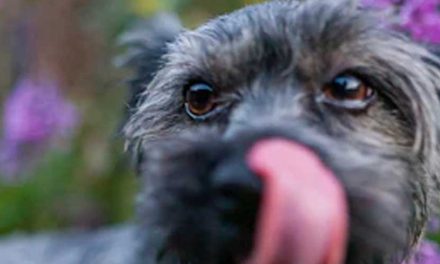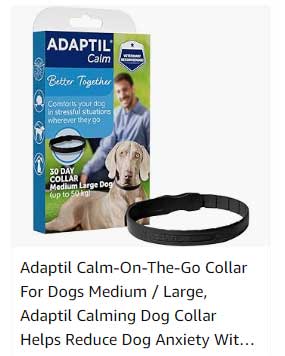As the skies darken and the first rumble of thunder echoes through the air, many pet owners brace themselves for the flurry of anxious activity about to unfold in their home.
For countless dogs, thunderstorms can be a source of overwhelming anxiety.
Understanding why this anxiety occurs and how to help our furry companions cope can make a world of difference for both pets and their owners.
The Causes of Thunder Anxiety
Dog anxiety during thunderstorms may stem from several factors.
One major cause is the sharp increase in noise and vibrations.
Dogs have a much keener sense of hearing than humans do.
While we might hear the thunder as a deep rumble, dogs can perceive it as a loud, startling bang.
This confusion can lead to a heightened stress response, often resulting in panic. Additionally, some dogs may associate thunderstorms with negative experiences.
For example, if a dog had a frightening experience during a storm, they may develop an aversion to similar weather conditions in the future.
Another contributing factor is a change in atmospheric pressure, which is often noticed by our canine friends.
This physical sensation can be as anxiety-provoking as the sound of thunder itself.
Signs of Anxiety in Dogs
Recognizing the signs of anxiety in dogs is crucial for timely intervention.
Some common indicators include:
Pacing and restlessness:
Dogs may have difficulty staying still and may walk in circles or pace back and forth.
Whining or barking:
Vocalizations can increase as a dog tries to express distress.
Destructive behavior:
Some dogs may chew furniture or dig at carpets in an attempt to escape or express their anxiety.
Hiding:
Many anxious dogs will seek refuge in smaller or enclosed spaces, such as under beds or in closets.
Excessive drooling or panting:
Physical symptoms may manifest as rapid breathing or drooling.
Observing these behaviors can help you identify when your dog is feeling anxious and take steps to alleviate their distress.
Strategies to Help Manage Thunder Anxiety
There are various approaches to help manage your dog’s anxiety during thunderstorms.
Every dog is different, so it may be necessary to try a combination of methods to find what works best for your furry friend.
1. Create a Safe Space:
Designate a quiet, comfortable area in your home where your dog can retreat during storms.
This space should be free from loud noises and distractions, such as windows or doorways.
You can enhance this area with soft bedding and familiar toys to provide comfort.
2. Use Calming Aids:
Various calming products are available, such as anxiety wraps or vests that apply gentle pressure to your dog’s body, simulating a comforting hug.
Additionally, pheromone diffusers or sprays designed for pet anxiety can create a calming environment.
3. Desensitization Training:
Gradually exposing your dog to the sounds of thunderstorms at a low volume can help them become accustomed to the noise.
Start with recordings of thunder played softly and gradually increase the volume over time, rewarding your dog with treats and praise for calm behavior.
4. Provide Distractions:
Engage your dog with toys, games, or activities during a storm.
Keeping their mind occupied can reduce anxiety levels. Interactive toys or puzzles can be particularly effective.
5. Consider Professional Help:
If your dog’s anxiety is severe, consulting with a veterinarian or a certified animal behaviorist may be beneficial.
They can help determine if medication or more intensive training might be necessary.
Conclusion
Thunderstorms, while a natural occurrence, can be deeply unsettling for many dogs.
By understanding the causes of anxiety and employing effective strategies to manage it, pet owners can help their furry companions feel safe and secure during these stressful times.
With a little patience, love, and the right tools, it’s possible to turn stormy days into manageable experiences for both you and your dog.










